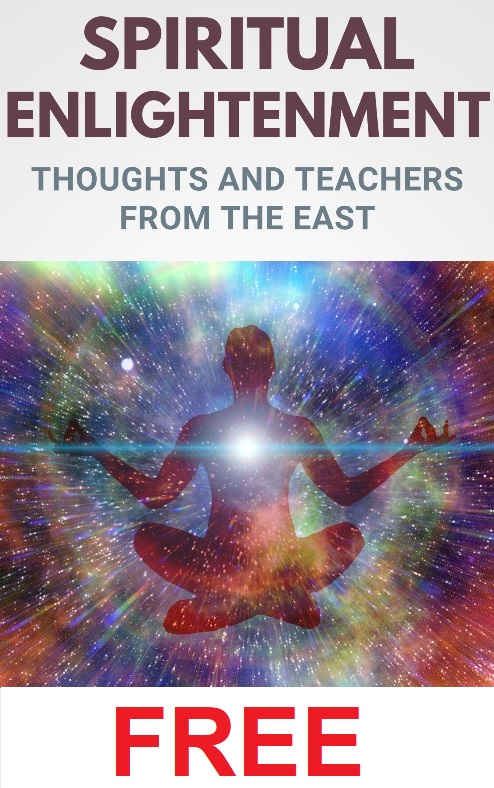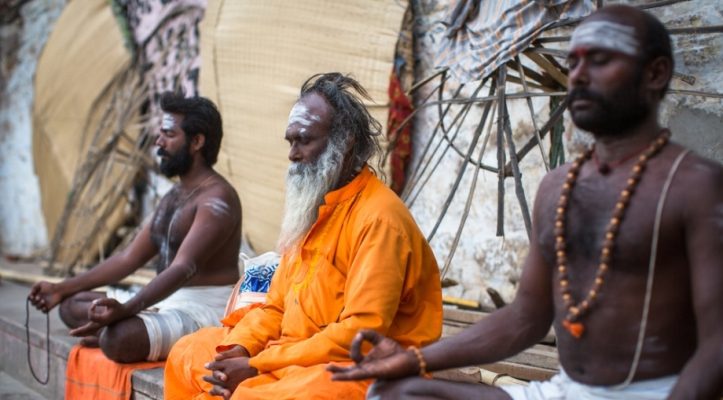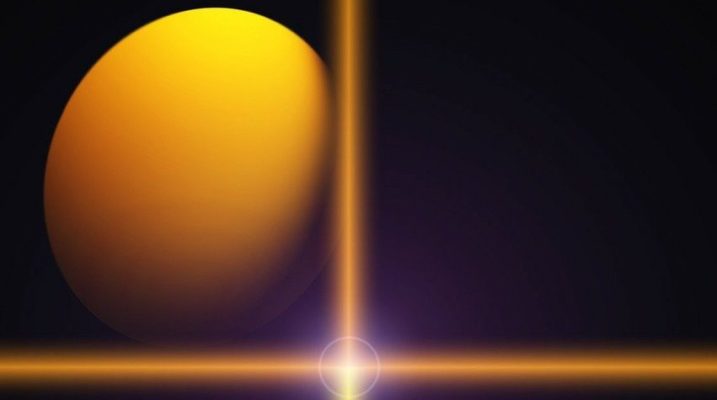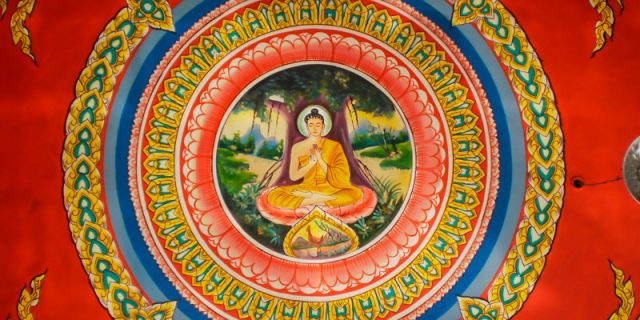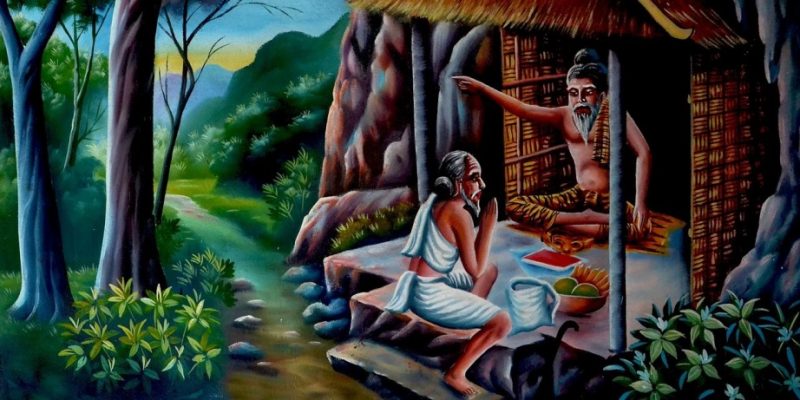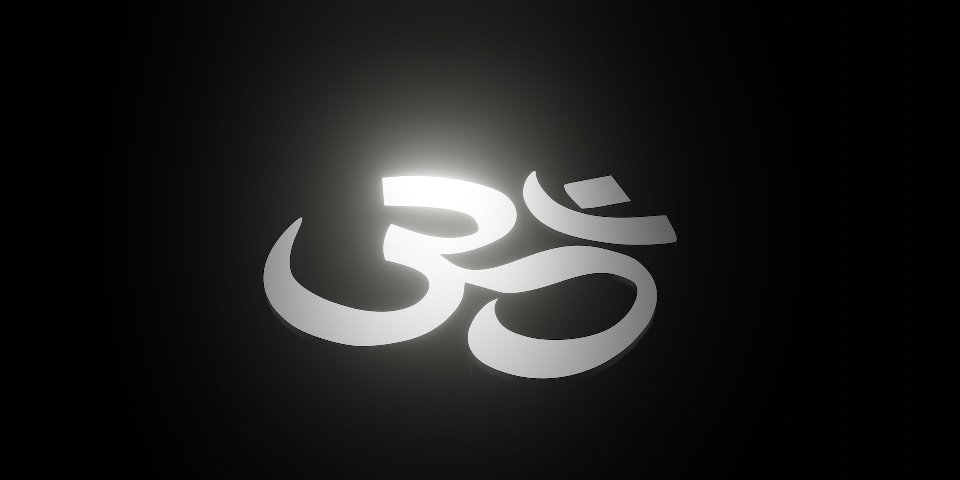
The concepts of Atman and Brahman are rather complicated topics as there are a broad variety of different views within Indian philosophies and religions about what they exactly entail.
Yet, in a general sense, one could say that Atman stands for the idea of the autonomous Self, the indestructible “soul,” individual consciousness, our sense of beingness (the “I am”), the self-existent principle of each individual. Moreover, depending on the philosophical or religious lineage, Atman may experience rebirth into another physicality, a concept that’s called reincarnation or transmigration in India.
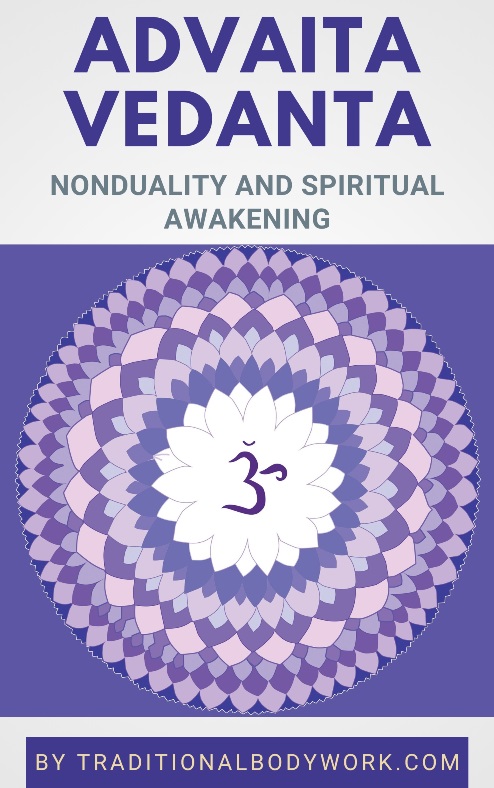
However, some spiritual schools don’t consider Atman indestructible or permanent but rather a fleeting idea of an “I” or “Ego,” and some even entirely reject the idea of the existence of “an Atman.”
You may also encounter the term Jiva or Jivatman, which may be thought as being the same concept as Atman, or alternatively it could mean the Atman that is (still) experienced as embodied consciousness or an embodied soul, that is, an “independent” person i.e. object-entity with a living body.
Brahman stands for the highest cosmic principle, the absolute, ultimate reality in the universe, the immaterial and unknown cause of all that exists, without being caused itself. Brahman doesn’t change, is all-pervasive, the highest truth and bliss. We could say that Brahman is the Supreme God, the creator and sustainer of the universe.
Now, one of the core tenets in Advaita Vedanta is that Atman is identical to Brahman, simply meaning that there’s no difference between the two, which is expounded in the Mahavakya that states Tat Tvam Asi (You Are That).
Hence, according to Advaita, it’s only our spiritual ignorance — Avidya — that makes us believe that there’s a separation, and our efforts to attain Spiritual Awakening need to come to the living realization of the sameness of Atman and Brahman, which includes the realization that the same Self resides in each and every one, and that only Brahman really is (or Atman, if you like, which would be the same).
It also means that the separation between Atman and Brahman is an illusion, not-true, and a “movement in duality.” Moreover, when the realization dawns that Atman equals Brahman, it’s also seen that those terms are meaningless; on the highest level there’s neither Atman or Brahman, but only That-What-Is — an Absolute Truth which can only be described in either negative or contradictory terms, such as having no properties and all properties at the same time, neither dead nor alive, the smallest and the biggest, dual and non-dual, or dual nor non-dual, and so on.
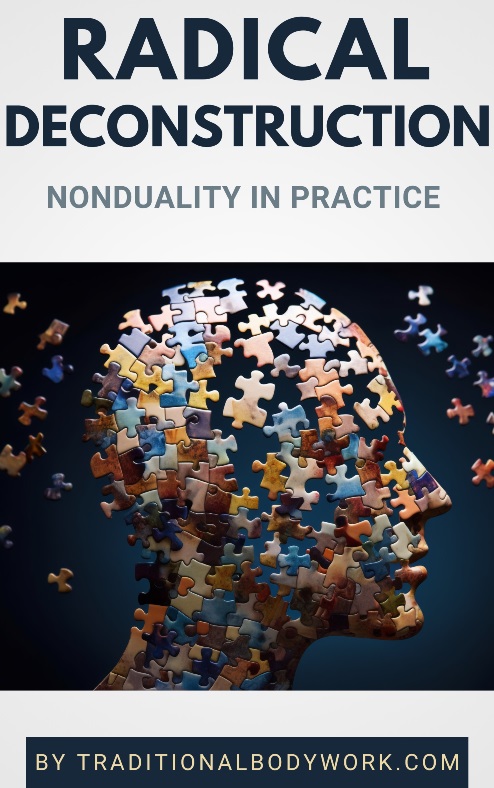
Mind that other Indian spiritual schools, typically dualistically oriented lineages such as Dvaita Vedanta, rather claim that there’s an eternal separation between Atman and Brahman, and that they’re certainly not equal. To make it more complex, you’ll also find schools that state that Atman and Brahman are different and non-different at the same time.
Other closely related concepts to Atman and Brahman are those of Paramatman (Paramatma) and Param Brahman (Para Brahman, also called Nirguna Brahman in Advaita). In this case, there also different interpretations depending on the philosophical school, but in Advaita Vedanta these two terms are used to describe the “state” of Atman and Brahman after they’ve been transcended into complete non-duality.
In the Paramatman and Param Brahman state — which are then actually two synonyms for the same state of Absolute Awareness — Atman and Brahman have “merged.” In the attainment of Paramatman or Param Brahman all dualistic distinctions between one’s own (individual) soul or identity and Brahman are annihilated and overcome.

